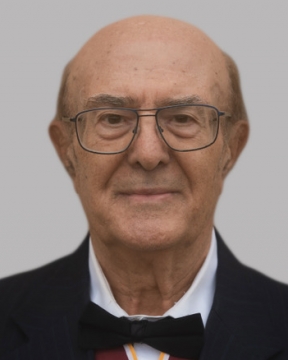 |
Ruggero Maria SantilliHadronic Technologies CorporationAn Introduction To Reversible Lie-isotopic Mathematics For Stable Nuclear Structures 6th Intl. Symp. on Sustainable Mathematics Applications Back to Plenary Lectures » |
Abstract:We recall the experimental evidence according to which nuclei are composed by extended protons and neutrons in conditions of partial mutual penetration with ensuing interactions that are: linear, local and potential, thus variationally self-adjoint (SA) [1], as well as non-linear in the wave functions (as pioneered by W. Heisenberg), non-local because defined on volumes (as pioneered by L. de Broglie and D. Bohm) and non-derivable from a potential because of contact, thus zero range and variationally non-self-adjoint (NSA) type, as pioneered by R. M. Santilli in 1978 then at Harvard University under DOE support [1]. We then review the foundations of the time reversal invariant Lie-isotopic mathematics, also known as Santilli iso-mathematics, proposed in the volume [2] which is based on the preservation of the abstract axioms of 20th century applied mathematics and the use of their broadest possible realization, thus including the isotopy of [2]-[6]: 1) The quantum mechanical enveloping associative algebra of Hermitean operators ξ : {A, B, ...; AB = A × B, I} representing SA interactions via a Hamiltonian H(r, p) into the iso-associative enveloping algebra where |
|